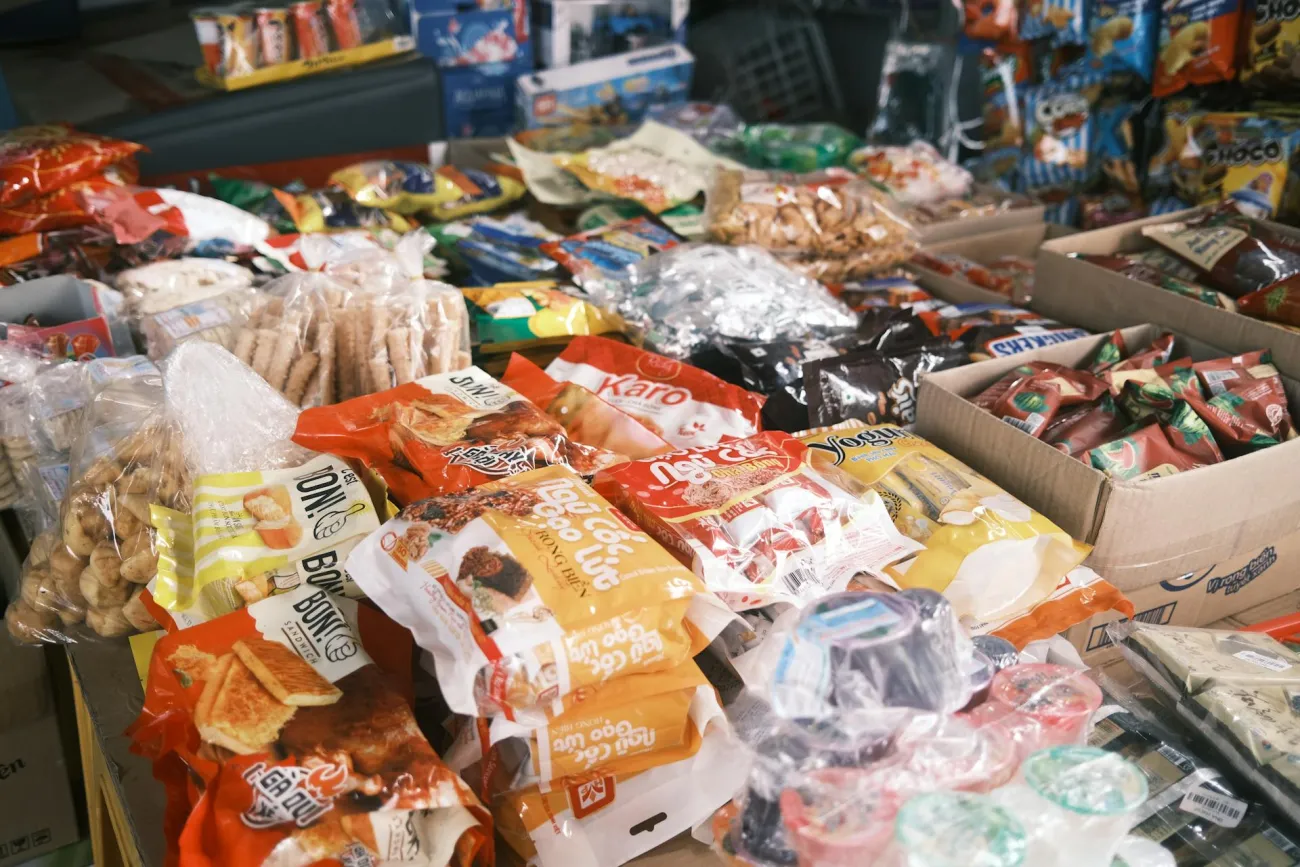A report funded by the Department for International Development (DFID) identifies the ‘hotspots’ where zoonoses impose significant burdens, but also where zoonoses management is targeted at poor livestock keepers and consumers. The report maps emerging zoonoses as distinct from other emerging disease events, provides maps of regional agroecosystems, and summarises numbers of livestock, people and poor livestock keepers by system as well as by zoonoses context.
Some of the key points of the report are as follows:
- There is a strong association between poverty, hunger, livestock keeping, and zoonoses. Zoonotic disease has many aspects and existing disease reporting systems do not adequately capture the impact of zoonoses or identify investment opportunities.
- The hotspots for poverty, emerging livestock systems and zoonoses are (in decreasing order of importance both by region and country; countries in red in the document itself appear in multiple listings):
-
- South Asia: India > Bangladesh > Pakistan
- Is higher than: East and Central Africa: Ethiopia > Nigeria > Congo DR > Tanzania > Sudan
- Is higher than: South East Asia: China > Indonesia > Myanmar > Vietnam
- Is higher than: West Africa: Burkina Faso > Mali > Ghana
- The 13 zoonoses most important to poor livestock keepers because of their impacts on human health, livestock sector, amenability to agriculture-based control, and other criteria were, in descending order: zoonotic gastrointestinal disease; leptospirosis; cysticercosis; zoonotic tuberculosis; rabies; leishmaniasis; brucellosis; echinococcosis; toxoplasmosis; Q fever; zoonotic trypanosomosis, hepatitis E; and anthrax.
- Massive under-reporting constrains the ability to understand and prevent disease. In Sub-Saharan Africa, 99.9% of livestock losses do not appear in official reports. At least 50% of these losses are probably due to notifiable diseases.
- The study accessed information on 1,000 surveys on prevalence of endemic zoonoses, covering over 16 million subjects. A qualitative and semi-quantitative analysis suggests a strongly spatial distribution, with a few countries bearing most of the human and animal disease burden. Four countries (India > Nigeria > Ethiopia > Bangladesh) have 44% of the worlds’ poor livestock keepers. This also shows a highly skewed distribution of human disease burden: 19 countries are responsible for 75% of the total burden in the GBD. Hotspots are: Nigeria, Ethiopia, Tanzania, Togo, and India.
Abstract
The objective of this report is to present data and expert knowledge on poverty and zoonoses hotspots to inform prioritisation of study areas on the transmission of disease in emerging livestock systems in the developing world, where prevention of zoonotic disease might bring greatest benefit to poor people.
Citation as follows:
Grace D, Mutua F, Ochungo P, Kruska R, Jones K, Brierley L, Lapar L, Said M, Herrero M, Phuc PM, Thao NB, Akuku I and Ogutu F. 2012. Mapping of poverty and likely zoonoses hotspots. Zoonoses Project 4. Report to the UK Department for International Development. Nairobi, Kenya: ILRI.
To access this report, click here.




Comments (0)